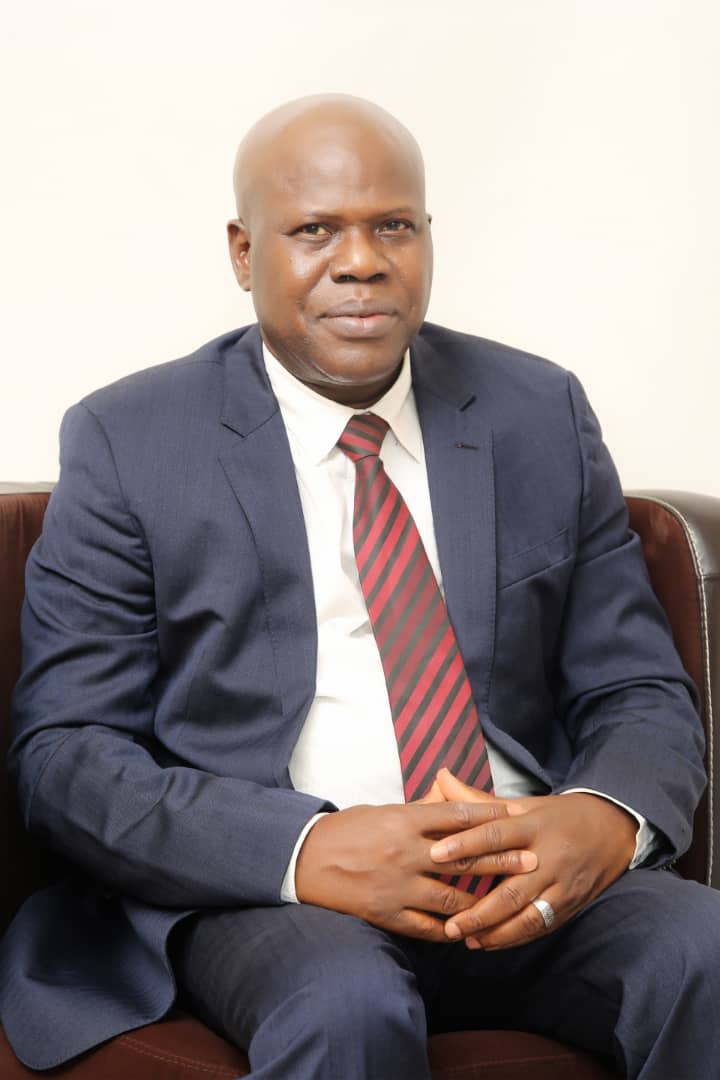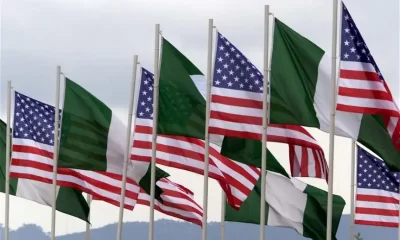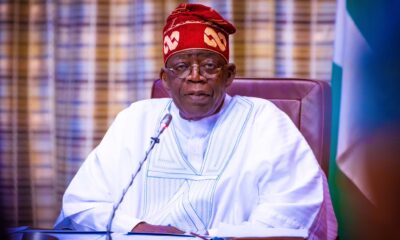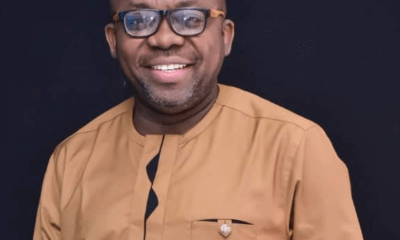On April 15, 1912, the RMS Titanic sank in the North Atlantic Ocean. The world’s largest and most luxurious ship, the Titanic was also one of the most technologically advanced. The ship had 16 watertight compartments designed to keep it afloat if damaged. This led to the belief that the ship was unsinkable. However, only four days into its maiden voyage, the Titanic struck an iceberg near Newfoundland, Canada. Her sinking two hours and forty minutes later at 02:20 ship’s time (05:18 GMT) on 15 April, resulted in the deaths of more than 1,500 people, making it one of the deadliest peacetime maritime disasters in history.
The Titanic sank with over a thousand passengers and crew still on board. Almost all of those who ended up in the water died within minutes due to the effects of cold shock and incapacitation. RMS Carpathia arrived about an hour and a half after the sinking and rescued all 710 survivors by 09:15 on 15 April. The disaster shocked the world and caused widespread outrage over the lack of lifeboats, lax regulations, and the unequal treatment of third-class passengers during the evacuation. Subsequent inquiries recommended sweeping changes to maritime regulations, leading to the establishment in 1914 of the International Convention for the Safety of Life at Sea (SOLAS) which still governs maritime safety today.
The wreckage has been at the bottom of the North Atlantic Ocean for over 112 years, between 1912 and now. It’s too worn and torn to be raised without any more of its remains being broken apart. The ship has been left alone. Even if it could be raised, doing so would be like being a grave digger. Just short of two thousand people died on “the ship of dreams”, and it would be cruel to mess with it just to satisfy the intrigue of people who were born way after the tragedy. People so far removed from what happened that night and the hysteria and sadness that the accident caused.
The sinking of the Titanic also serves as a powerful reminder of the dangers of overconfidence. The Titanic was considered unsinkable at the time of its maiden voyage, but the disaster demonstrated the dangers of overconfidence and the importance of being prepared for the worst-case scenario. No matter what caused the Titanic to sink, such a massive loss of life could probably have been avoided if the ship had carried sufficient lifeboats for its passengers and crew. But the White Star liner left Southampton with only 20 lifeboats, the legal minimum, with a total capacity of 1,178 people.
Although, it’s been more than a century since the catastrophic events occurred – the intro above the post, for me, qualifies as both natural and man-made disasters. Sadly, while reflecting on the incident, my mind raced to the ongoing unrest on the streets of Kenya: the question is could it be the African version of big world natural disasters? I can see the spirit of the Mau-Mau reverberating in the minds of the youths on the streets of Kenya. I hope it does not spread across the continent like the ‘Arab spring’ because many African nations with similar circumstances are watching with a keen interest in the aftermath and what becomes of the Kenyans as a nation.
The Mau Mau rebellion (1952–1960), also known as the Mau Mau uprising, Mau Mau revolt, or Kenya Emergency, was a war in the British Kenya Colony (1920–1963) between the Kenya Land and Freedom Army (KLFA), also known as the Mau Mau, and the British authorities. During the eight-year uprising, 32 white settlers and about 200 British police and army soldiers were killed. Over 1,800 African civilians were killed and some put the number of Mau Mau rebels killed at around 20,000.
Historically speaking, Kenya has the fastest-growing economy in Africa and a vibrant business center. But its government is desperate to stave off default. The country’s staggering $80 billion in domestic and foreign public debt accounts for nearly three-quarters of Kenya’s entire economic output, according to a recent report from the United Nations Conference on Trade and Development. Interest payments alone are eating up 27 percent of the revenue collected.
In the chaotic context of last week’s violence on the streets of the Kenyan capital and a government accused of responding brutally to protests, rumors began to take on a life of their own – feeding into public anger and further stoking a desperate situation that was already tense. On Tuesday 25th June, citizens watched in horror as a bloody day unfolded in Nairobi. There are allegations that officers shot dead protesters outside the national parliament during a day of demonstrations in which at least 23 people are reported to have died.
I’d like to digress, there is an energetic field of energy that breaks up when an illusion breaks – in other words, the uncomfortable facts about the African countries with similar circumstances are deeper than issues of “Goodman” or pretentious unequal abilities as demonstrated by William Kipchirchir Samoei Arap Ruto, who is the fifth and current president of Kenya since 13 September 2022. He was projected beyond his capabilities just like it happened with Peter Obi’s campaign whereby many of our compatriots particularly those of the southern extraction in Nigeria became uncontrollable in the last general election.
The great Moshood Kashimawo Olawale Abiola (MKO), once said, “We all can’t sleep and face the same direction”. It was part of the reasons I did an unbiased assessment of the situation and circumstances of candidates in the 2023 general elections. Peter Obi wouldn’t have been different from Ruto because of his understanding of the fundamental issues and the national economy.
Furthermore, it is not unlikely, that P O, would have gone the same way as William Ruto and possibly plunged Nigeria into anarchy and the disappointment could have resulted in the example going on in Kenya at the moment if Nigerians had elected him in 2023. Because the issues are more than personalities, it is a fundamental issue that requires complete overhauling of our system.
For example, in a similar situation, between January and May 2024, Nigeria paid $2.18bn in debt service, according to the CBN’s data. Our beloved country Nigeria spends all of its revenues on servicing a total public debt of N121.67 trillion debt (over $800 billion at today’s exchange rate); and this is the reason the country borrows to run the government, pay salaries, and fund social services.
Additionally, rising inflation and the unbearable cost of living crisis have rendered ordinary people poorer by over 35%. Food, medicines, and basic necessities have become unaffordable to the majority of the citizens, rendering a lot of our people hungry while children are facing severe malnutrition, especially in the northern region. We are sitting on a keg of gunpowder!
In my well-considered opinion, considering the malicious and calumnious campaigns ferociously sustained against the current administration. I, therefore, strongly suggest that this government should be proactive and begin to prepare against the possibility of the re-emergence of the “EndSARS crew” who may easily metamorphosis into a Kenyan-like revolt against this administration
In conclusion, it is my humble submission and prayers, that, we should be more proactive with our thinking about solving the fundamental problems of the continent of Africa with a mindset of possibilities and unbiased inputs from all stakeholders in the society. Finally, many of the countries of the continent of Africa have grappled with political instability, military coups, and instability – the million-dollar question; IS AFRICA A SINKING SHIP?
Richard Odusanya
Post Views: 467











